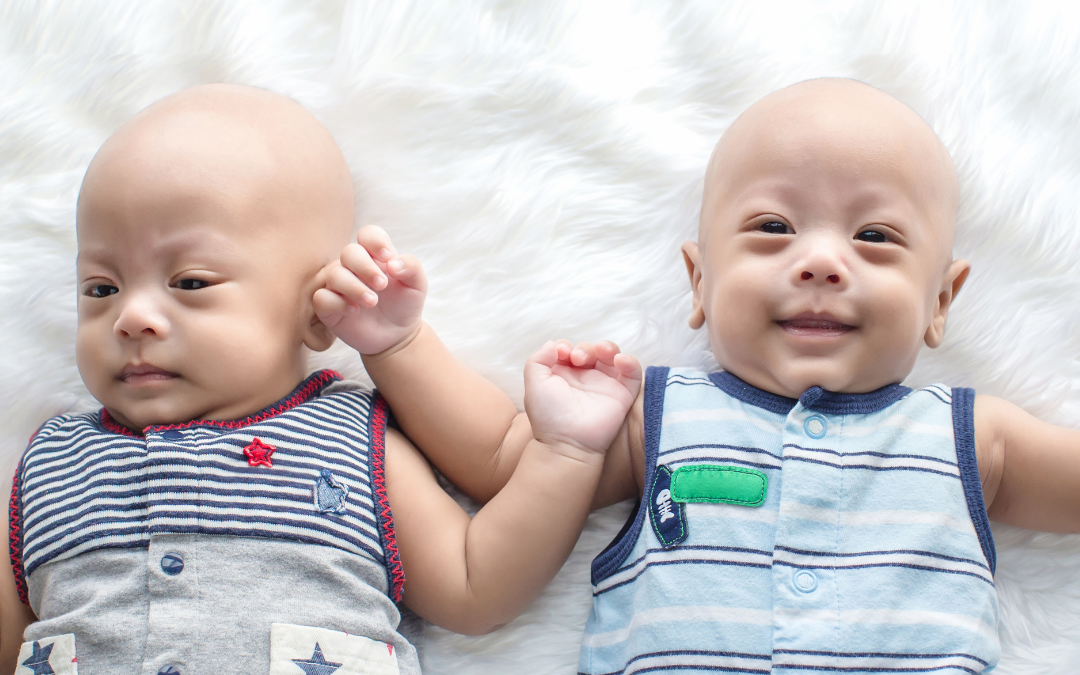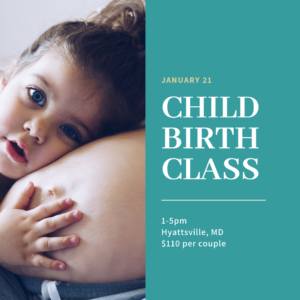Congratulations! You have twin babies! We love multiples here at DC Metro Maternity. You’ve been blessed multiple times over, and that’s wonderful.
There are unique challenges though, with have two (or more) babies at one time.
One of the things that can be most difficult (and distressing) for new parents is trying to tell which twins is which.
It’s especially easy to confuse identical twins, but even fraternal twins can look quite similar.
Not only are you needing to get to know two babies and meet their needs- now you have to distinguish them from each other. And they’re not helping!
It’s important to know who’s who for several reasons:
-
Medical and health information for each twin will be slightly different. It’s not uncommon for one twin to have stayed in the NICU or stayed longer, for another to have reflux or an allergy.
-
As they grow, twins will have different personalities not to mention preferences and needs. Since they’re different people, you should probably begin getting used to it now.
-
It will help you bond with the babies which can be harder when there are more people to care for.
Thankfully, many parents of twins have gone before you, and figured this out. As some of their postpartum doulas, we’re here to share their tips with you!
Paint the toenails of one twin.
If you’re ever confused, all you have to do is take off their socks! Granted, this gets harder as they’re older and grow more wiggly. But trust us, it’s worth it.
Many families use Piggy Paint for this (or your other kid polish needs). We also have compiled a list of non-toxic nail polishes created by black women.
Color coordinate outfits instead of dressing the twins the same.
Another quick visual cue to tell the twins apart is with their clothing and baby things (if you can resist dressing them exactly alike, that is). You can do this in a couple of ways:
- Have one color reserved for one or both twins. (I worked with a pair of girls where the sister whose name started with a G, had all green clothing. The other twin had everything else. Cute and easy to remember.)
- Put one twin in lighter colors, and another in darker. So whether the babies are in blue, pink or red, or even different colors, one baby is always in paler tones.
Have “assigned seats” for each twin.
Put labels on bassinets, cribs, strollers and carseats with a twin’s name on them. Once you establish who is who in the morning, all you have to do is continue putting her in the right seat. It’s basically like the baby wearing a nametag.
These labels can be done with:
- hang tags and zip ties
- washi/painter’s tape
- Printed signs
- Monograms
You can make it aesthetically pleasing. Trust us, this form will follow function.
Take lots of pictures, and label/caption them with the twins names.
Photographing your babies together and separately will help you organically start to notice differences. One baby’s cheeks might be fuller, another might have a certain curl to their hair. Even though their genes are identical, no two babies are exactly the same.
And while you’re busy adoring each twin, be on the lookout for things like birth marks that may differ. Trust us, it will be a Godsend.
The labels will also serve as a reference as the twins get older, and want to know about their individual babyhood.
Spend time with each twin individually.
In addition to looking at your twins lovingly, and noticing differences, don’t forget to make an effort to bond with each. Use diaper changes, separate baths or separate feedings to get to know them. Talk to one and look him in the eyes, then the other.
Over time, you’ll notice that one baby’s cries are lower in pitch, or that the other laughs more quickly.
Even as twins, they’ll have different personalities, and baby personalities emerge more quickly than you’d think.
Which of these methods do we prefer? As many as you like! They’ll reinforce one another, and over time you’ll start to be able to tell them apart within moments. Having multiple points of reference is especially helpful with more than one caregiver (and trust us, you won’t want to do this alone).
Parents of multiples, feel free to weigh in! How did you tell your babies apart in the early days?
Take a second to learn about our live childbirth classes here.


